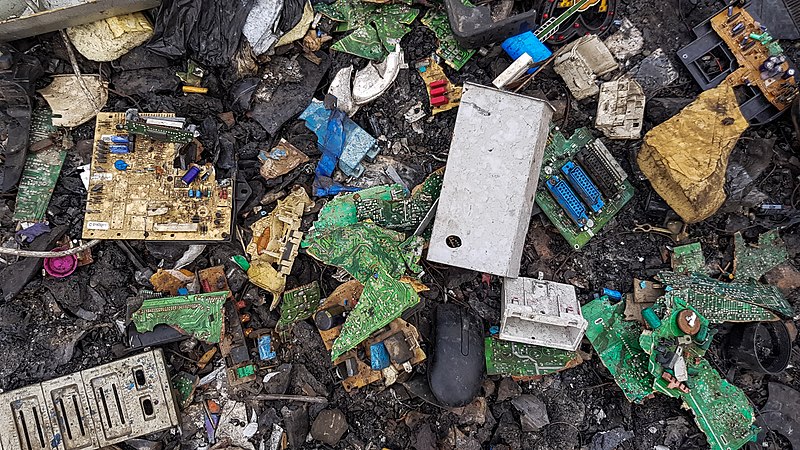The Negatives to Improvements in Technology

Our world’s technologies are improving at a rapid rate and more people want the newest phones or updated versions of items they currently have. Also, with the improvement of technology, more people want to spend time streaming different types of media at a higher quality but there are actually quite a few environmental impacts hiding behind all of this new technology and it is also hurting college radio.
College Radio’s Enemies
In her blog post, Alexis Jones mentioned that technological advancements and the emergence of different forms of media have had a massive impact on college radio. Spotify, Apple Music, Soundcloud, and Youtube have always seemed to be where my generation has looked to for new music. There are so many ways to find music these days and college radio has taken a backseat because of these developments. I personally use Apple music to listen to music, and “72 million people subscribe to Apple Music as of June 2020” (Curry, 2021). This is only one competing platform for college radio, so it shows how hard it can be for college radio to get enough listeners.
Effects of Improvement in Technology
The developments in media and technology not only hurt college radio but there are hidden environmental impacts that the majority of people, such as myself, are probably are not aware of. The first issue has to do with e-waste which is created when we discard our old phones or other technological devices. Some old materials are reused, “but remaining heavy metals and other toxins can have negative effects on both human health and ecosystems.” (Silva, 2021). Toxins in e-waste can stunt brain development and chemicals can find their way into water systems. People need to start considering keeping their current phone instead of updating to the newest technology if it is working properly.
Media’s Negative Impacts
With the increase of media usage, there is a serious impact on the environment due to the need for more space to store data and to create more energy to run these data centers. The term Icloud makes it seem like there is some storage floating out there somewhere. In reality, there are data centers “stocked with large numbers of networked computers that house the cloud. They require massive amounts of energy to run and cool” (Silva, 2021). Not only does it take energy to store but it is contributing to the release of greenhouse gases. In fact, “consumption, driven by data servers, networks, and consumer devices, currently emits 2.7–3.3 percent of global greenhouse gases.” (Marks, 2021). This number is set to increase drastically over the next 20 years, so an immediate change in habits is necessary to have a positive impact.
I personally was not aware of the impacts that using media and updating my technology would truly have. From my experience, most people are also careless with the amount of time they spend on their phones downloading and watching media. It will be increasingly important to make this more well-known so that we can restrict the environmental impacts this is causing.
References
Curry, D. (2021, November 11). Apple Music Revenue and Usage Statistics (2021). Business of Apps. Retrieved November 16, 2021, from https://www.businessofapps.com/data/apple-music-statistics/.
Jones, A. (2021, October. 25). The Small, But Mighty: College Radio. Environmental Journalism WordPress. Blog Post. Online
Marks, L. U., Clark, J., Livingston, J., Oleksijczuk, D., & Hilderbrand, L. (2020, October 15). Streaming Media’s Environmental Impact: Published in media+environment. Media+Environment. Retrieved November 16, 2021, from https://mediaenviron.org/article/17242-streaming-media-s-environmental-impact.
Silva, K. (n.d.). Digital footprints. Gettysburg College. Retrieved November 16, 2021, from https://www.gettysburg.edu/news/stories?id=c651187e-dbbe-4b0e-90fe-e1113c9f167b.


